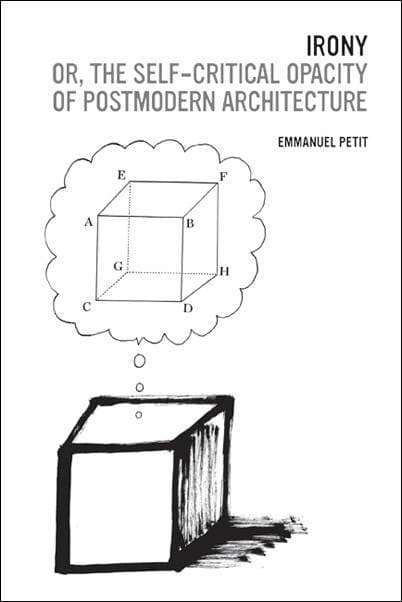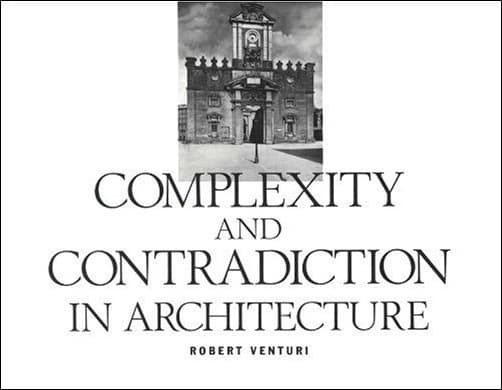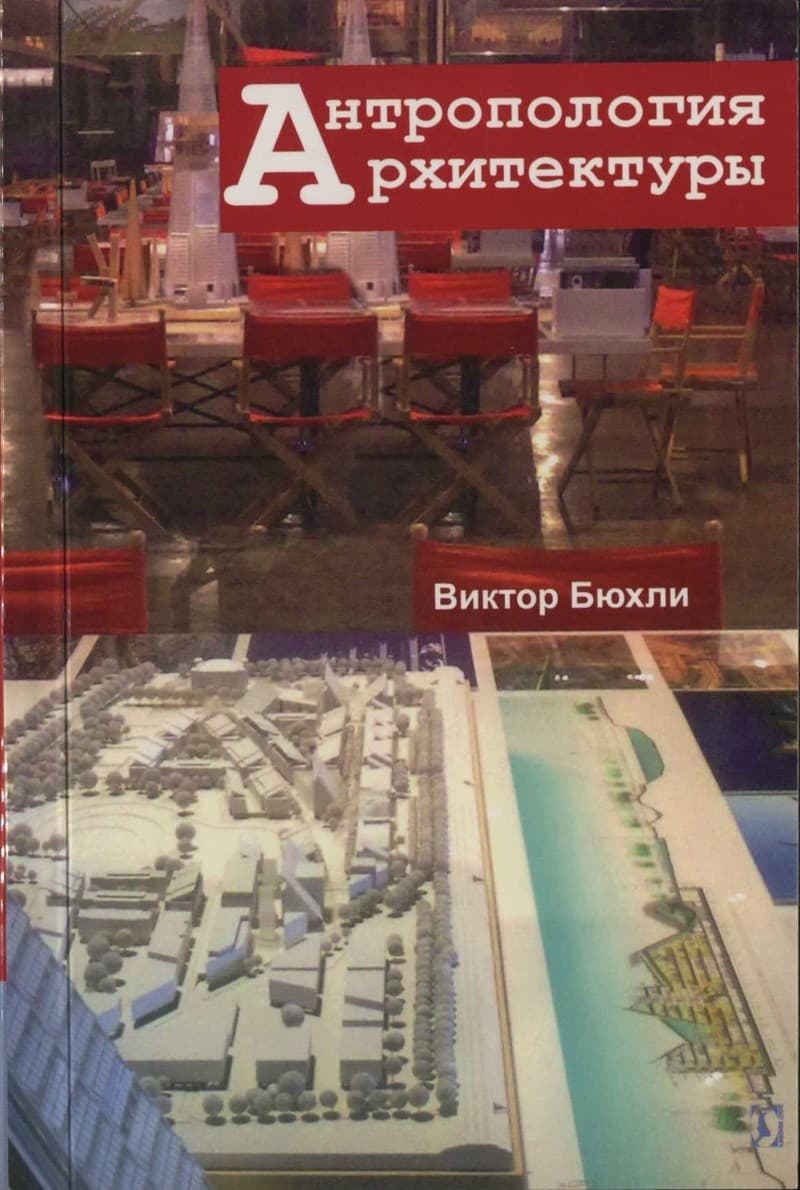The Architecture Of Oppression. The SS, Forced Labor and the Nazi Monumental Building Economy
This book re-evaluates the architectural history of Nazi Germany and looks at the development of the forced-labor concentration camp system. Through an analysis of such major Nazi building projects as the Nuremberg Party Rally Grounds and the rebuilding of Berlin, Paul Jaskot ties together the development of the German building economy, state architectural goals and the rise of the SS as a political and economic force. As a result, The Architecture of Opression contributes to our understanding of the conjunction of culture and politics in the Nazi period as well as the agency of architects and SS administrators in enabling this process. This text re-evaluates the architectural history of Nazi Germany and looks at the development of the forced labour concentration camp system. Through an analysis of such major Nazi building projects as the Nuremberg Party Rally Grounds and the rebuilding of Berlin, Jaskot ties together the development of the German building economy, state architectural goals and the rise of the SS as a political and economic force. As a result, the book contributes to our understanding of the conjunction of culture and politics in the Nazi period, as well as the agency of architects and SS administrators in enabling this process.
Данные книги
Нью-Йорк
2000
207 страниц
9780415223416
Открытый доступ
Да
Да
720.2 Jas
1
- Irony; or, The Self‑Critical Opacity of Postmodern Architecture2013
- The Building2016
- Amériques‑URSS: architectures du défi2014
- Irigaray For Architects2007
- Complexity and Contradiction in Architecture2011
- Методика архитектурного проектирования в системе архитектурного образования1969
- Modern Architecture A‑Z. Volume 2. M‑Z2013
- Архитектурная теория в России второй половины XVIII в. — начала XIX в.1985
- Антропология архитектуры2017
- Tradition and Invention in Architecture: Conversations and Essays2011
- Зачем нужна архитектура2017
- Heidegger For Architects2007












